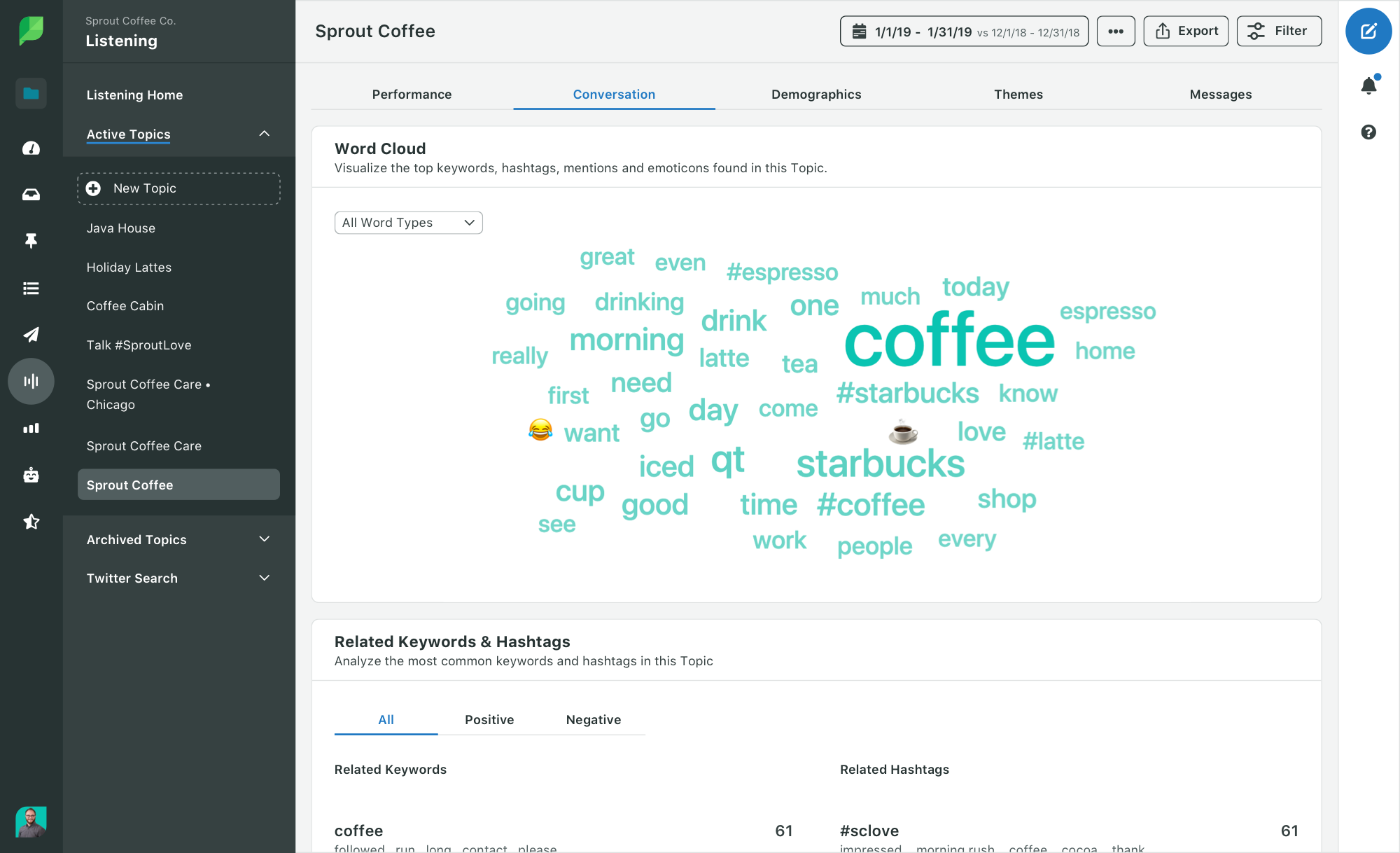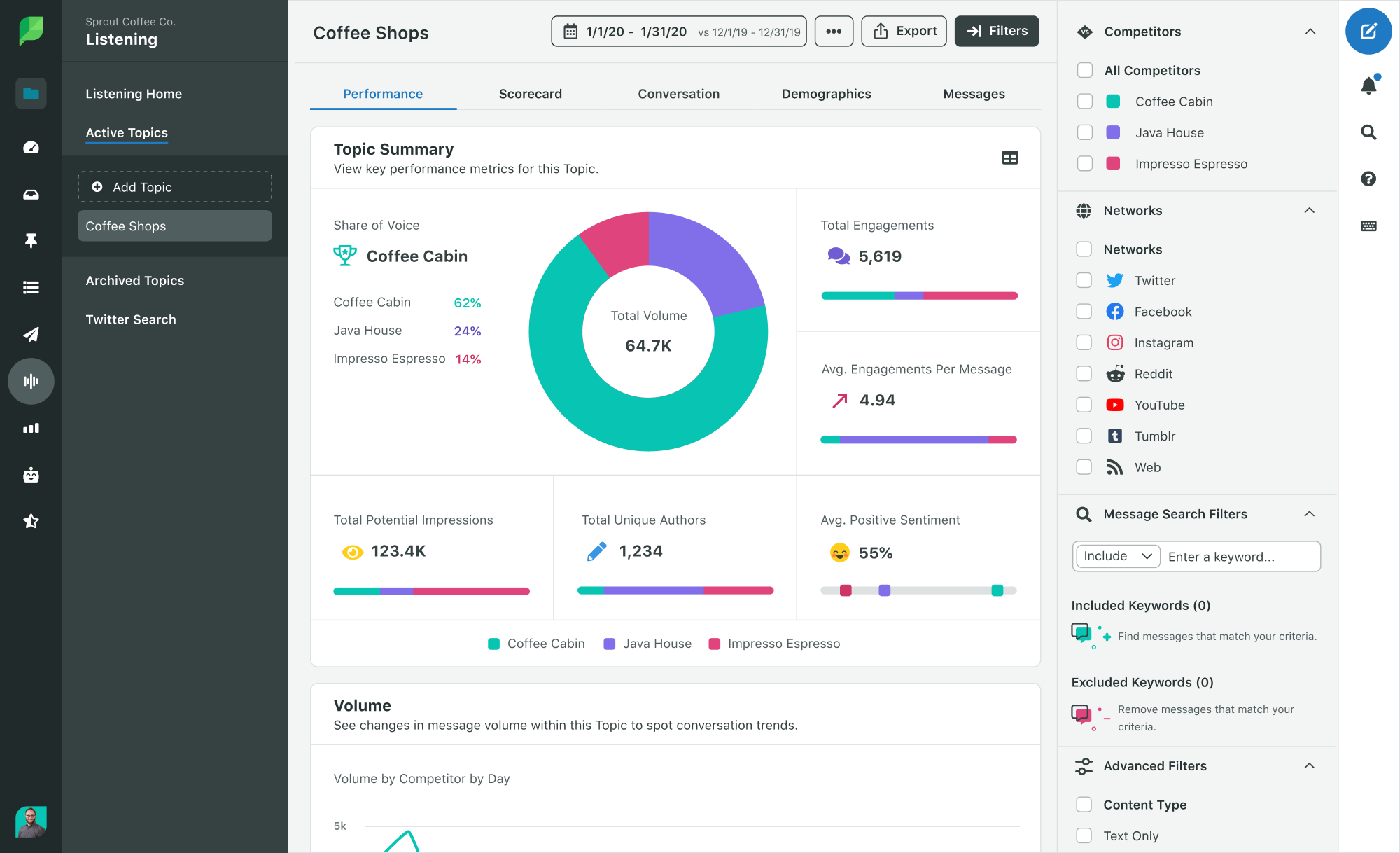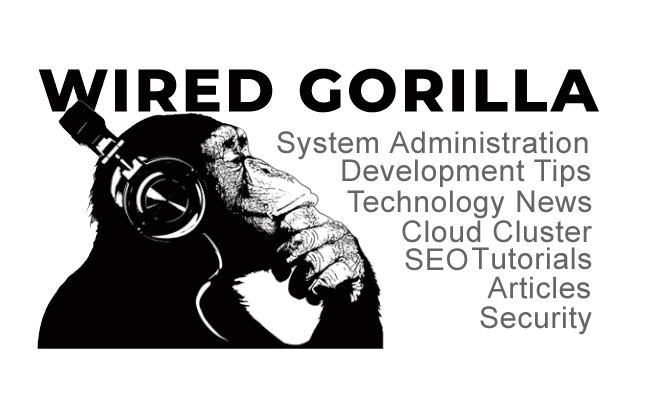Likes, shares and follows tell us a lot about what kind of content lands with our audience. However, these engagements paint an incomplete picture.
Just consider the “90-9-1 Rule”. According to this rule, only 1% of social media users create content, 9% share, Like, and comment on that original content. 90% of users simply lurk, making no visible contribution at all. Engagement is only a small fraction of the whole picture.
When you build a content strategy plan based only on the metrics you can see, you’re designing it for just a tiny portion of your potential target audience. What about everyone else? There’s a difference between creating popular content and effective content. Shaping strategies around the vocal minority will only get you so far.
In this article, we’ll discuss which metrics give you insights into your silent fans, how to come up with social media content that appeals to your entire audience and how social listening tells you what they really care about.
A holistic content strategy plan includes behind-the-scenes metrics
How do you know what your silent fan base is into if they’re not engaging with your content? Consider incorporating these three less obvious metrics into your planning process.
- Referral traffic. This tells you where visitors are coming from, specifically those who found you through other sites rather than navigating directly to your page. Referral traffic is important because you can learn how much of your silent audience is visiting your site thanks to your social media content. It also signals people’s confidence in the authority and relevance of the information they’re clicking on. This lets you know which content is most relevant to users.
- Click through rate. Also known as CTR, this is a ratio measurement of clicks to impressions. It tells you how often people click on specific links, ads and other elements of your social media posts. Your click through rate is a great indicator of silent engagement and highlights what types of content motivates your audience to take meaningful action.
- Conversion rates. If part of your social strategy includes supporting sales and revenue goals, this is a critical metric to track. Combining data like your CTR and referral traffic yields your conversion rate. That tells you what kinds of social media posts motivate your audience to make a purchase.
All three of these social media metrics offer a window into the activities and attitudes of your audience. They highlight what kind of actions people take depending on your content. However, these metrics shouldn’t be the only ones you add to your repertoire. To create social media content for everyone, you also need to know why these decisions happened and the sentiments behind them.
Listen to learn what your audience really cares about
Social media listening reveals more nuanced data on the conversation happening around your brand, such as consumer preferences and attitudes on specific topics. With listening insights, you can develop social content that gets to the heart of what your audience wants—even if they aren’t saying it out loud.
For example, Sprout’s Listening Tool reveals your brand’s reach, impressions and popular keywords for topics relevant to your business. This insight can help you tailor your social posts to ensure you’re using the hashtags and keywords that are most likely to draw the highest number of impressions.

Social listening even uncovers how much of the conversation your competitors are dominating and illuminates the gaps in your brand’s social content strategy plan. Look for keywords or themes your competitors use to engage their audience. Consider weaving those topics into your next social post if you aren’t already.

Listening reveals what your entire audience really cares about, regardless if they say it out loud. Focus on creating content with relevant keywords, take part in trending conversations, and watch engagement and conversion grow. Having this information streamlines the process of coming up with relevant social media content that resonates.
Crafting a social content strategy plan that speaks to everyone
Now you know which metrics to track and how to use listening data to uncover what your silent fans want. It’s time to put all of these insights into action.
1. Have a clear goal.
Whether you’re raising awareness, educating, or converting, it’s critical to know what types of content support your specific goals and which social platforms it’s best deployed on.
Let’s say your goal is to raise brand awareness. Listening insights reveal which industry hashtags draw the most impressions and which key phrases are likely to engage your silent audience. These keywords can also reveal why people follow you or mention your brand on certain platforms.
One of the advantages of social media feedback is learning how your audience uses different platforms so you can tailor your social content strategy accordingly. For example: let’s say you notice consumers tend to use words that suggest search intent on Twitter. Adjust your strategy to prioritize educational content.
We're back in full swing! Here's what we've been cooking up this month #WowWednesday
? Organized downloads.
? Brand new valentine's templates!
? 120 Superb Owl templates.Check out what's new at: https://t.co/HAi3zrb83l pic.twitter.com/KT5PJ80xyl
— Canva (@canva) January 27, 2021
2. Keyword-informed content.
Another advantage of social media feedback is the ability to use keywords to build pieces of content that target specific audience’s interests.
Use the short and popular phrases revealed by social listening to research common long-tail keywords used in search engines. These phrases are four or more words and reveal not just what people are talking about, but also more specifically what they are saying or asking. For example, “beer” is a popular keyword, but “best tasting light beer” is a specific long-tail keyword that you can build targeted content around.
.@ActuallyNPH can’t drink the Best Tasting Light Beer on camera, but you can watch him not drink it.https://t.co/625mlAjKgE
— Heineken US (@Heineken_US) July 29, 2014
Once you have a few long-tail keywords to inspire your content, create a social media calendar as part of your overall strategy and get publishing.
3. Ongoing audience insights.
Finally, and perhaps most importantly, you need to keep listening to your silent audience. One of the biggest mistakes social marketers make is to look at data once, build a content plan and then never look back. You can’t expect to know whether your strategy is working if you don’t revisit the data.
Revisit and refine as needed. If your posts aren’t landing or you notice a drop off in impressions, regroup and see where your connection is falling short. Content should build interest and strengthen relationships with your audience. When that doesn’t happen, it’s time to reexamine the behaviors of your quiet fans and tweak your content accordingly.
How to plan social media content like a boss
With insights from social listening and less obvious metrics, you can come up with social media content that engages even the shyest of lurkers. Still not sure how to take the first step to revving up your content engine? Check out our free checklist for Jumpstarting Your Strategy When Your Content Stalls Out.
This post How to come up with social media content using feedback from your silent fans originally appeared on Sprout Social.


